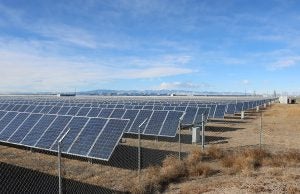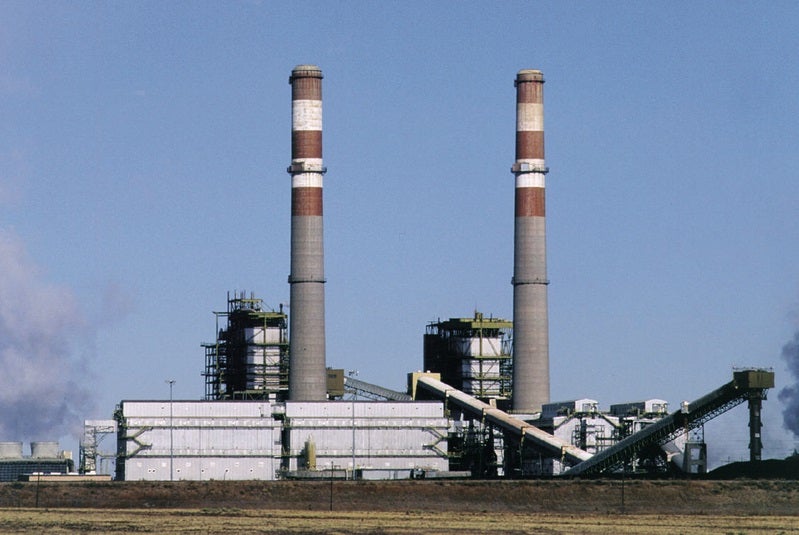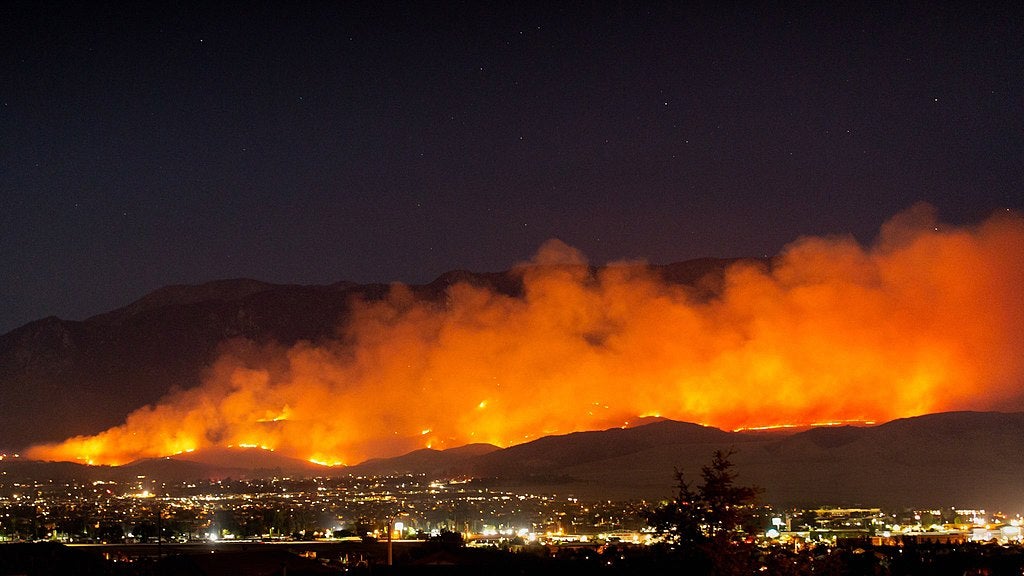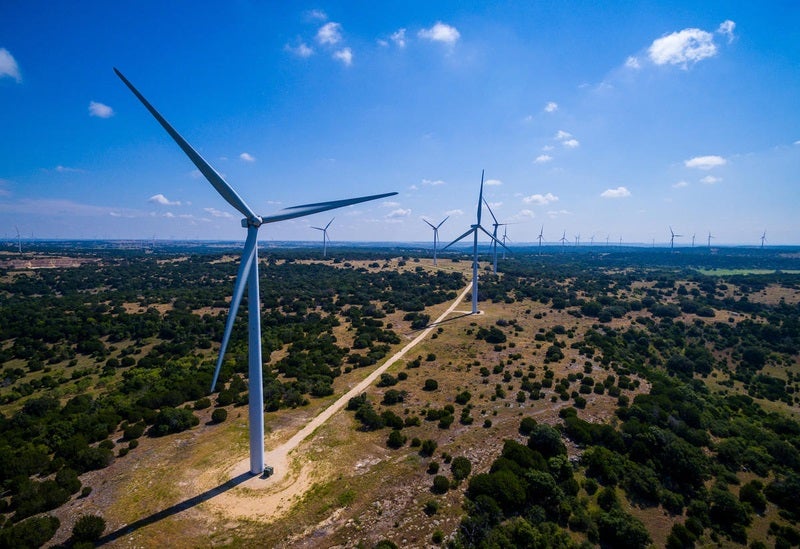
Measuring the true impact of Colorado’s climate delay: A pathway for curbing pollution (Part 3)
After Colorado legislators passed landmark climate legislation in 2019, which included a statutory mandate directing the Air Quality Control Commission (AQCC) to adopt rules and regulations to reduce statewide emissions, the state has yet to adopt a policy framework capable of getting the job done. This three-part series explores the impact of Colorado’s delay, analyzing the impact on total emissions and the state’s ability to meet its own climate targets.
Colorado’s policy action is nowhere close to living up to its climate commitments. As we’ve illustrated in Part 1 and Part 2 of this series, the state is far off track from meeting its own climate goals, even accounting for all current policies and recently announced coal plant retirements. And the recently released final Roadmap doesn’t include a comprehensive and specific regulatory agenda that will secure the needed reductions. Without urgent action, climate pollution will continue building up in the atmosphere and will wreak further environmental, health and economic havoc on Coloradans.
But in the face of this immense challenge, the Air Quality Control Commission (AQCC)—the regulatory body responsible for ensuring Colorado meets its targets—has an opportunity to get the state on the right course. The Commission is already overdue on its responsibility to evaluate options and then propose a regulation or suite of regulations to meet its statutory climate targets. A recent EDF petition for an enforceable, declining emission limit could help the AQCC deliver concrete climate progress on an urgent timeline, while improving health and equity across the state.
Roadblock on the “Roadmap”
Analysis recently released by EDF includes the most recent industry announcements, reveals that Colorado will reduce greenhouse gas (GHG) emissions from 2005 levels by only 7-16% in 2025 and 19-26% in 2030 – falling far short of the 26% reduction required in 2025 and the 50% reduction required in 2030. A concrete policy framework is urgently needed to drive measurable and enforceable reductions that can get Colorado on track with its goals.
On January 14, the Polis administration shared a plan to tackle the state’s climate pollution through its “Greenhouse Gas Pollution Reduction Roadmap.” Although this document is packaged as a plan to reduce GHG emissions as required by House Bill 1261, it still doesn’t detail a comprehensive regulatory agenda that is capable of securing the needed reductions. This was the same issue with the Draft Roadmap released back in September. To the extent that AQCC regulations are outlined, critical details such as which entities are regulated, what they are required to do, and over what timeline, are lacking.
Instead, the “Roadmap” suggests a set of strategies that lack the specificity and enforceability to ensure, even if taken collectively, the state meets its targets in 2025 and 2030. The Roadmap’s strategies are largely based on incentives, voluntary commitments from industry and performance-based standards—tools that can importantly spur technological innovation, but do not limit the total level of pollution. With the sizeable emissions gaps that Colorado faces, the state can’t afford to take any chances—it needs to put enforceable limits on pollution that guarantee a safer and healthier future.
How a limit on climate pollution could slash Colorado’s emissions quickly
Last month, EDF filed a petition for rulemaking at the AQCC proposing the Colorado Greenhouse Gas Program—a framework that would place a declining limit on emissions, securing the pollution reductions required by Colorado statute. The regulation proposed by EDF would work hand-in-hand with any sector-specific policies adopted by the Commission or other state agencies, and would provide a backstop that guarantees the needed emission reductions are achieved. In addition to the overall limit on emissions, the proposal would create strict annual limits for facilities that contribute to the pollution burden on disproportionately impacted communities.
The EDF proposal would prevent an estimated 215 million metric tons CO2e from entering the atmosphere between 2022 and 2030. Those reductions are consistent with meeting Colorado’s 2025 and 2030 reduction goals, and the steep and persistent pollution reduction pathways identified by the Intergovernmental Panel on Climate Change (IPCC) to avoid the most extreme effects of climate change.
EDF’s proposal sets a “budget” for allowable levels of greenhouse gas emissions each year. This budget would decline annually, in line with meeting the statewide targets. By requiring the pollution sources (power plants, factories, etc.) covered by the program to hold an “allowance” for every ton of carbon dioxide equivalent (CO2e) they emit, these sources must reduce emissions or purchase enough allowances to cover their emissions. With the supply of allowances constrained and declining, the program would ensure that pollution is reduced over the decade.
Although Colorado emissions sources currently pollute for free, greenhouse gases are costly to Colorado communities and the planet. This framework not only limits pollution, but it ensures the true cost of this pollution is better reflected.
Ensuring health and equity is front and center
Many communities of color and low-income communities in Colorado bear the brunt of toxic air pollution, health hazards like contaminated soil and extreme weather because polluting facilities are unjustly sited near them. And they often lack community infrastructure, such as quality health care and housing, to cope with these impacts. As frontline community leaders and allies have reiterated in a recent statement, Colorado must center its climate action on equity, health, and safety—while developing policies in partnership with frontline communities.
Colorado is bound – morally and by law — to prioritize frontline communities in shaping climate action. In H.B. 1261, the legislature codified emission reduction mandates alongside principles of equity and climate justice, requiring the AQCC to “include strategies designed to achieve reductions in harmful air pollution affecting [disproportionately impacted] communities.” Unfortunately, the state is falling behind on this mandate too.
EDF’s proposed regulation strives to offer concrete ideas for how to make meaningful progress—both through reinvestment and through stricter compliance.
Under the proposal, the polluters causing the most damaging impacts to Colorado communities can’t just keep polluting; the program ensures their emissions will go down too. EDF’s regulation would establish a facility-specific limit for any emitter that adversely affects disproportionately impacted communities through local air pollutants or cumulative air pollution impacts. These facilities would be subject to an annual emission limit that would decline each year in line with the state’s climate targets.
Overall, the health gains from EDF’s proposal could be immense: A Draft Economic Impact Analysis shows how it could drive significant reductions in local air pollutants across the state:
- Sulfur dioxide emissions, which make it difficult to breathe, particularly for people with asthma, will be reduced 60% statewide by 2030.
- Nitrogen oxide emissions, which are also harmful to health and contribute to the formation of ozone, will be reduced by close to 20%.
- PM2.5 emissions will be reduced by about 800-900 metric tons annually in 2025 and 2030, respectively. Numerous scientific studies have linked particle pollution exposure to a variety of heart and lung problems.
In addition to improving air quality, this draft regulation can also advance climate-related projects. These include initiatives that are critically needed to protect over-burdened communities from climate damages and help fossil fuel workers and communities secure good-paying job opportunities in a clean economy.
Delivering leadership that meets the urgency and opportunity of the climate crisis
Colorado has joined other states in making important climate commitments. But to truly deliver on its promises – and the opportunities of a clean energy future – the state must take swift policy action before it’s too late.
Of the 25 states that have joined the U.S. Climate Alliance and have made commitments to reducing climate pollution, Colorado is one of the only seven states that have yet to put any limits in place on pollution or are actively considering strategies to do so. The regulation proposed by EDF limits the level of pollution and indirectly ensures there is a regulatory cost associated with emissions— using that value to help communities transition to a cleaner future. With the immense work ahead, Coloradans know that transforming infrastructure and technology to fight the climate crisis will not happen overnight. And they are counting on state to take its responsibility for ensuring equity and justice seriously — especially the communities that have endured the health impacts of pollution for far too long.
The AQCC now has two strong options before it for comprehensive regulations that cut pollution to the levels required: EDF’s petition for a legally-binding, declining emission limit that covers pollution sources economy-wide, and the rigorous proposal outlined by Western Resource Advocates (WRA) in comments this past July for a backstop that would put sector-specific limits in place.
EDF’s request for rulemaking at the AQCC offers a crucial pathway for guaranteeing the enforceable, emission reductions that science—and state law—demand. The Commission should seriously weigh this proposal in its meeting held February 18th- 19th 2021 and direct the Air Pollution Control Division staff to initiate a robust stakeholder engagement process, tailoring the program to best serve frontline communities.












